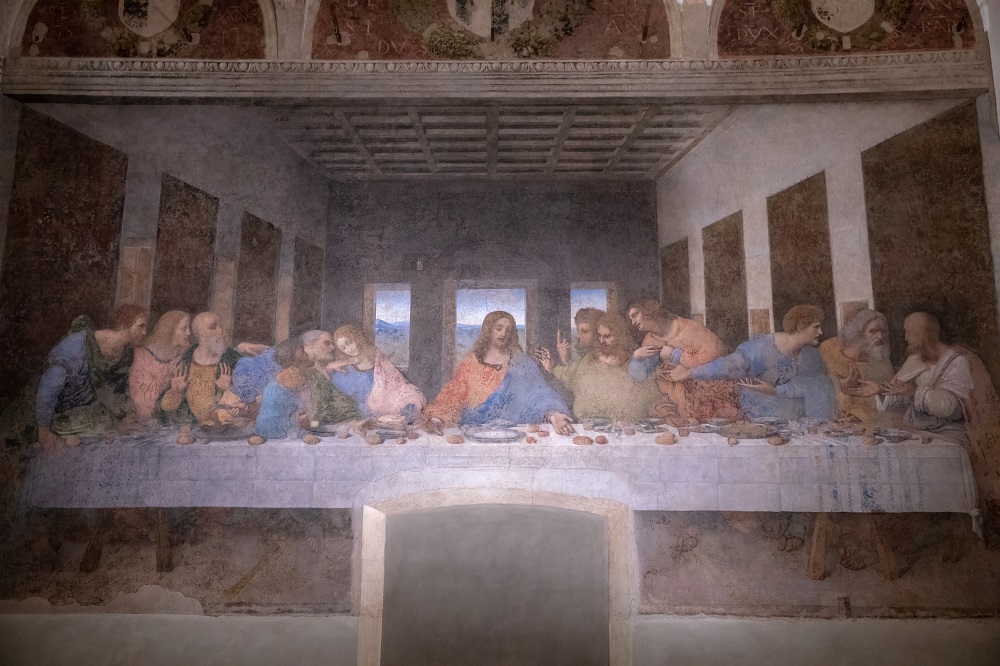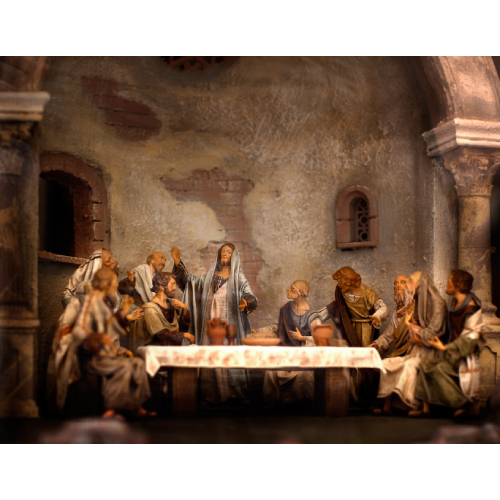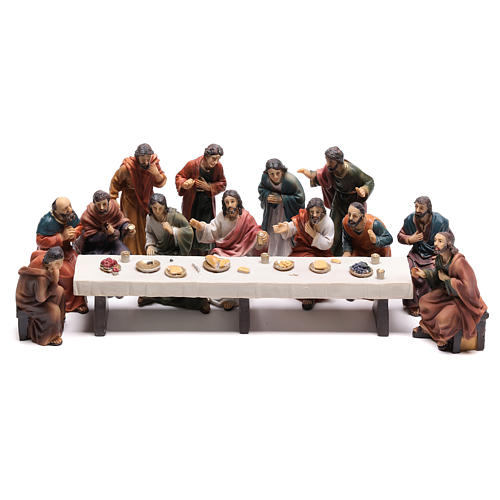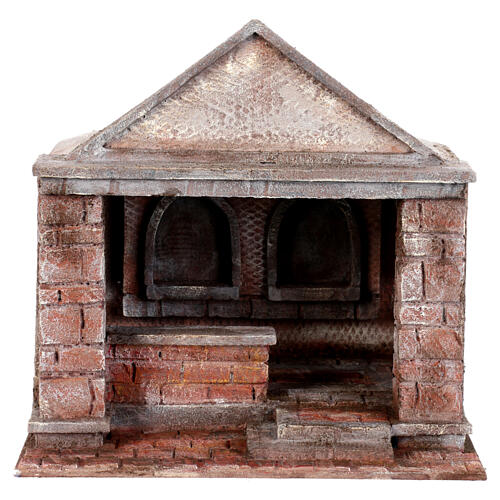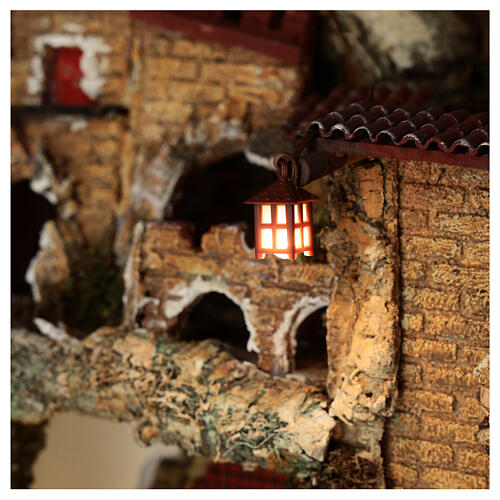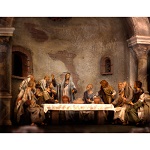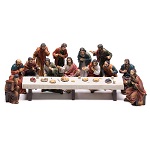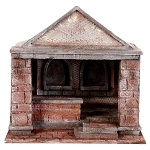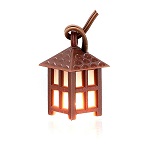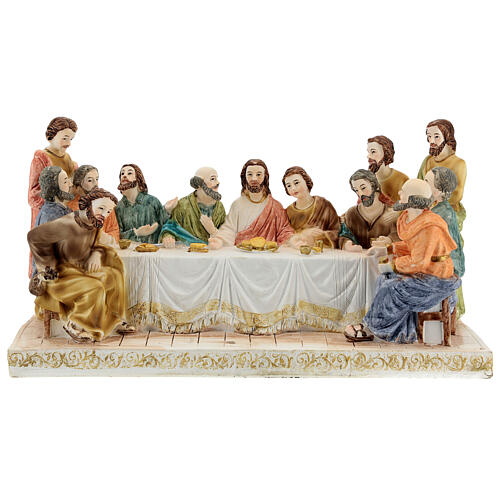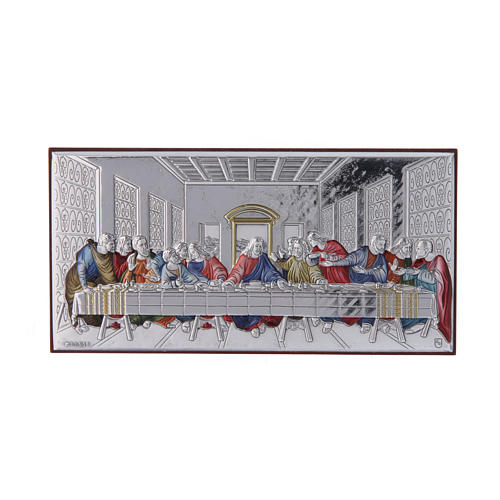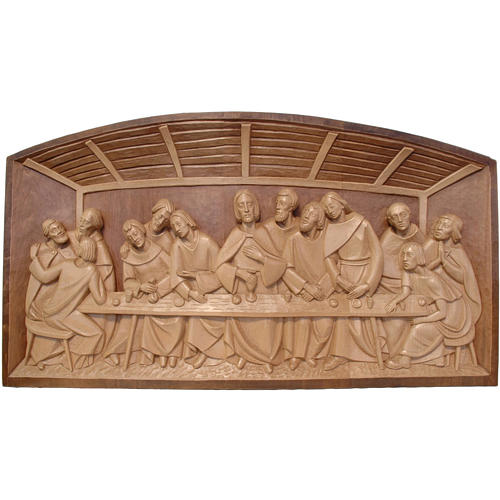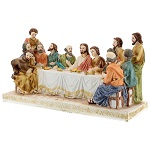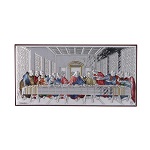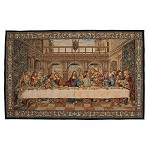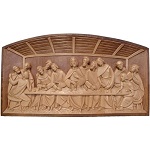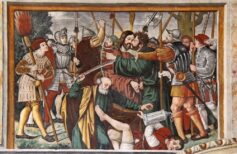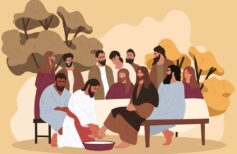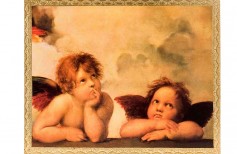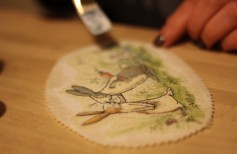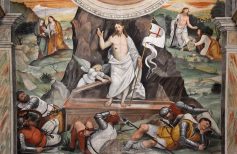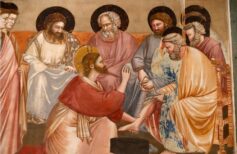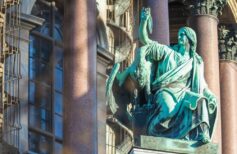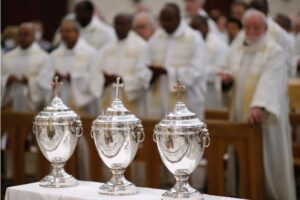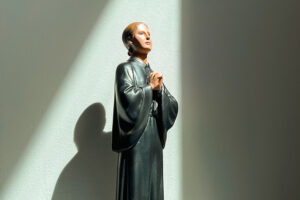The Last Supper by Leonardo da Vinci, in Santa Maria delle Grazie, is one of the most famous works in the world, full of religious and artistic meanings.
Contents [hide]
Leonardo da Vinci’s Last Supper is one of the most famous works of art – Christian and non-Christian – in the world. Also known as the Last Supper, it was painted by Leonardo between 1495 and 1499, in the refectory of the convent of Santa Maria delle Grazie in Milan, commissioned by Ludovico il Moro. The subject represented is the Supper that we remember on Holy Thursday, with Jesus in the centre surrounded by the twelve apostles. The moment of the Institution of the Eucharist is not represented, nor the Washing of the Feet, but the moment following the words of Jesus “one of you will betray me”.
The work marks a great change in the history of art, thanks to the expressive style that Leonardo chooses for the subject: the sacredness of the moment is expressed in the most human dimension, through the shocked expressions of each apostle. There are many copies and paintings of the Last Supper, a much-loved subject. Many artists have reinterpreted the work or taken inspiration from it: Leonardo’s Last Supper has entered the imagination and homes of many with paintings and prints.

5 must-have sacred images and pictures
Since the origins of Christianity, people felt the need to reproduce the object of their devotion, or something that recalled it…
The technique chosen by Leonardo was an example of his experimentation, even if it proved to be unsuccessful: not having followed the traditional fresco techniques, the painting began to degrade after a few decades. Many artists, not all experts, took care of retouching parts of the painting. For this reason, the Last Supper is one of the most restored works ever and has different levels of modifications.
In addition to the restoration work, the Last Supper was subject to numerous interpretations of meaning, some even controversial and unfounded. An example is the idea that gave birth to the novel “The Da Vinci Code” by writer Dan Brown. This interpretation held that the disciple next to Jesus was actually Mary Magdalene and that the message passed through this work that Magdalene had been Christ’s lover.
Where is the Last Supper?
Leonardo’s Last Supper is located in the refectory of the convent of Santa Maria delle Grazie in Milan. The church of the convent had been chosen as the place for the celebration of Mass by the Sforza family. Leonardo, as was his custom, made numerous studies before making the work – for example, the preparatory drawing for the Head of Christ is preserved in the Brera Art Gallery. The restoration and modification interventions were not the only rescue operations of the work: during the Second World War, the work was protected with sandbags mounted on scaffolding to make it survive as much as possible unscathed from the bombings. Now the refectory is the exhibition site of the Last Supper.
Last Supper Leonardo analysis
The numerous analyses carried out over the years have produced different interpretations of the characters and their features. One of the first things to underline is the human dimension of representation. Jesus is represented without a halo and differs from the apostles only in the central and isolated position. The expression on Jesus’ face is full of meaning: the eyes are lowered, the lips half-open, to testify the suffering for the announcement just made to his friends. The positions of the apostles express the agitation and upheaval of the moment. The structure of the work is framed by the horizontal line of the table, on which you can see detailed dishes and crockery, and by the architecture in the background. The apostles are distributed in groups of three and each of them is characterised differently in the position.
The apostles at the Last Supper
The group on the far left of the work is made up of Bartolomeo, Giacomo and Andrea. The first two lean out towards Jesus with enthusiasm while the third raises his hands. Emotions are conveyed by the poses, thanks to Leonardo’s studies on the human body and the expressiveness of gestures.
In the second group from the left are Judas, Peter and John. Judas is recognised because he carries a bag of coins in his hand and in the agitation he is portrayed while he drops a salt shaker and withdraws. Peter has a knife in his hand, a symbol of his fiery character and an omen of the episode in which he will cut off the ear of the high priest’s servant in Gethsemane. He is bent forward towards John, and touches him with one hand, to ask him to ask Jesus who the traitor is. John, portrayed with delicate and youthful features, listens to Peter’s words with his head bent towards him.
In the first group on the right next to Jesus are Thomas, James the Greater and Philip. The figure of Thomas is completely in the background and some hypotheses say that it was added later than the original project. James the Greater is portrayed with a strong expression and his position gives the idea of a sudden movement. Filippo puts his hands to his chest with a heartfelt gesture.
The last three apostles, Matthew, Judas Thaddeus and Simon, are represented as they are animatedly confronted with each other, struck by the news just received.

The Easter Nativity scene, an ancient tradition to be rediscovered
Easter Nativity? Of course! In our country, it is an ancient and…
The washing of the feet
Leonardo’s work is also significant for the choice of the moment of the Supper to represent. The moment of dinner is interrupted by an event even more important than the revelation of the traitor: that of the washing of the feet. Leonardo’s Last Supper is the image we recall when we think of Holy Thursday, but it is the washing of the feet that we see being enacted during the celebrations of Holy Thursday – although not this year.

